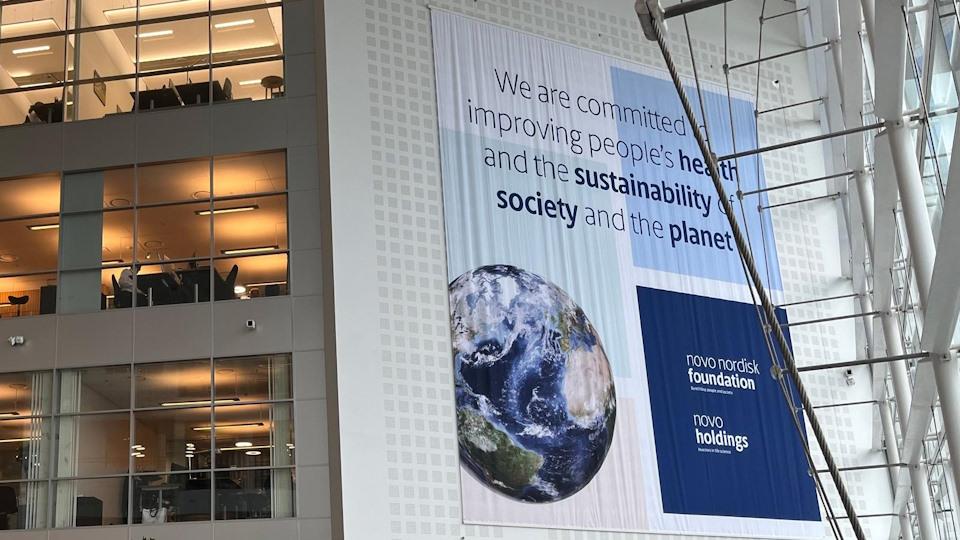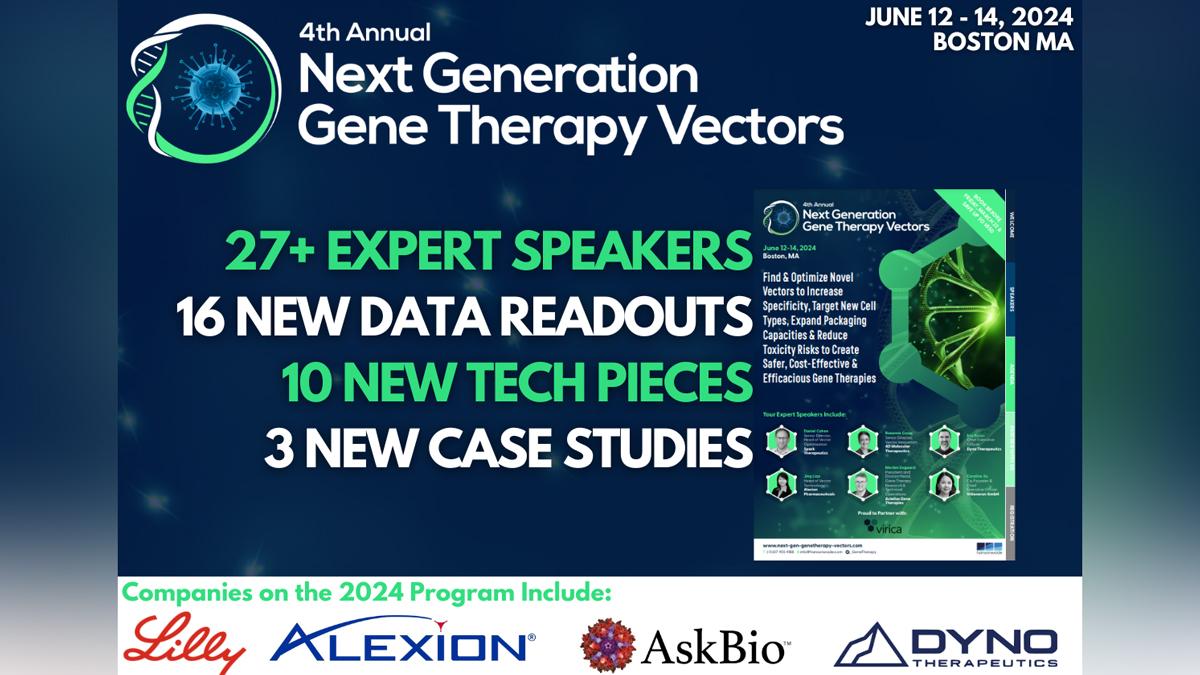The innovative future of CRISPR tech

CRISPR-based therapies have moved from theory to reality, after the recent landmark approval of the first such treatment by the FDA. Ben Hargreaves provides an overview of the treatment, and expands to examine other areas where CRISPR tools could make a major medical difference.
Not so long ago, using CRISPR gene editing to create viable therapies was still being talked about as a treatment of the future. The hype behind such therapies lay in the hope that, through gene editing, people could live disease-free after one-time treatment, with improved safety and efficacy. Since the first approval of a gene therapy for a genetic condition, this prospect has seemed closer than ever for a wider range of diseases. The specific focus on CRISPR editing technology is due to its higher gene-editing efficiency, lower off-target effect, and no DNA integration.
The reality of an approved CRISPR treatment arrived at the end of 2023, with CRISPR Therapeutics and Vertex’s Casgevy (exagamglogene autotemcel) receiving the FDA’s nod for the treatment of sickle cell disease. Its approval can be considered a landmark in the pivot towards precision medicine, as well as a further step towards multi-million dollar, single-dose treatments.
A game changer
An interesting marker of comparison occurred on the first CRISPR approval. Casgevy was approved at the same time as a rival treatment, bluebird bio’s Lyfgenia (lovotibeglogene autotemcel). Both treatments were given marketing authorisation for the same condition, though bluebird’s treatment is a lentiviral-based gene therapy.
Providing comment on the two companies’ prospects was Dave Lawtshaw, CEO of BioPhy, stating: “The recent FDA approval of Casgevy and Lyfgenia marks a milestone as the first gene therapies for sickle cell disease, introducing a new era in precision medicine […] However, strategic pricing and safety profiles distinctly shape the path to market between these two. Casgevy's pricing at $2.2 million, significantly lower than Lyfgenia's $3.1 million, coupled with the absence of a black box warning, positions it favourably in the eyes of both patients and healthcare providers.”
The black box warning for Lyfgenia arrived due to the occurrence of haematologic malignancy (blood cancer) that occurred in trials for the treatment. Due to this, patients receiving the product will need lifelong monitoring for such malignancies. As mentioned by Lawtshaw, this puts the product at a commercial disadvantage, and the lack of a black box warning only boosts CRISPR technology’s reputation for being precise in its action. However, the FDA noted that patients who received either of the two treatments will be followed in a long-term study to evaluate each product’s safety and effectiveness.
With regard to efficacy, the data supporting the approval of Casgevy showed that, of 31 patients with sufficient follow-up time to be evaluable, 29 (93.5%) achieved freedom from vaso-occlusive crises (VOC). The crisis involves the sickled red blood cells restricting the flow in blood vessels and limiting oxygen delivery to the body’s tissues, causing the patients severe pain and organ damage. In the long-term, such events can lead to life-threatening disabilities and/or early death.
New avenues
The ability for a treatment to potentially cure individuals of such a debilitating disease by directly editing a person’s genetic code is one major breakthrough for CRISPR. However, it is not the extent of the technology’s capabilities. The CRISPR used by CRISPR Therapeutics is referred to as CRISPR-Cas9, whereas there also exist other versions that can be used for different circumstances – most commonly, Cas3 and Cas10.
Locus Biosciences is an example of a company working with CRISPR-Cas3 to create bacteriophage therapies to develop a new kind of antibiotic, where the technology’s applications are more suitable than CRISPR-Cas9. The company’s CEO, Paul Garofolo, explained in greater detail why this is the case: “Bacteriophage evolved to live in equilibrium with bacteria, similar to any other predator-prey relationship. We use CRISPR-Cas3 to target and destroy the bacterial genome, which tips this ecological balance and enables the bacteriophage to kill the local target bacterial population in the body. While CRISPR-Cas9 works like a pair of scissors, cutting the DNA at a specific site in the genome, CRISPR-Cas3 shreds DNA over hundreds to thousands of base pairs from the target site, creating an irreparable lesion in the bacterial genome.”
The aim for Locus’ approach is to allow the selectivity of the CRISPR approach, but to target specific bacteria that are causing infection, leaving the other bacteria in the human body unaffected. Through CRISPR-Cas3, this could allow the creation of a new generation of antibiotics that do not harm the beneficial bacteria that exist in the human body.
“With the profound importance of a healthy microbiome, and the harmful effects of broad-spectrum antibiotics on the microbiome, as well as their impact on increasing higher antibiotic resistant rates being much better understood now than in the past, we expect patients and doctors to demand precision antibacterial therapies and to be less willing to accept broad-spectrum antibiotics going forward,” Garofolo concluded.
A tool for testing
Though the therapies emerging from the use of CRISPR technology will always draw the headlines, there is more work going on in the background of research that could lead to other types of treatments emerging. At the beginning of this year, researchers from the Wellcome Sanger Institute and partners carried out an analysis of cancer cells and identified 370 ‘priority targets’ for the development of new therapies.
The ‘multi-omic’ data was drawn from 930 cell lines of 27 different tumour types. At the core of the screening process was the ability to use CRISPR-Cas9 screening to ‘knock out’ the genes expressed in the cancer cells individually to then determine their function. In such a way, genetic dependencies of the tumours could be identified to be harnessed by future cancer therapies. In certain cases, when matched against clinical markers, this could allow for patient identification of those who would be most receptive to therapy. This is the beauty of precision medicine, where individuals can be selected where there is the highest chance of improvement and efficacy, and that is also the power CRISPR when applied in therapeutics.













